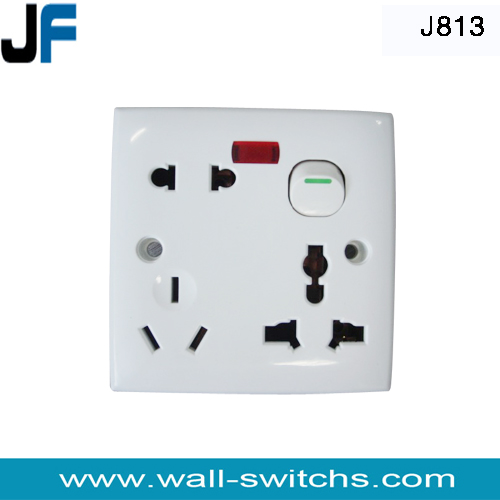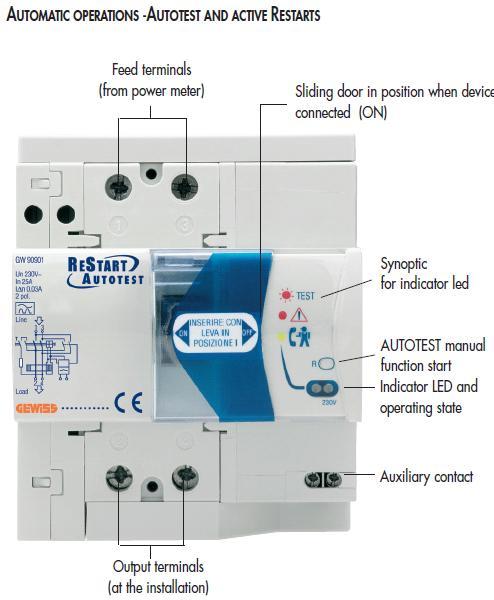Does anyone else find that the innovation in electrics is much slower than most other fields ?
Only Wago and Ashley have MF junction boxes, you now have wago connectors but what about sockets and switches that have not changed in years, the talk of over tightening or loose connections is an issue, would it not be a good idea to have Wago type spring connectors on sockets and switches for fast and ease terminations ? maybe even on CU's aswell
Only Wago and Ashley have MF junction boxes, you now have wago connectors but what about sockets and switches that have not changed in years, the talk of over tightening or loose connections is an issue, would it not be a good idea to have Wago type spring connectors on sockets and switches for fast and ease terminations ? maybe even on CU's aswell








